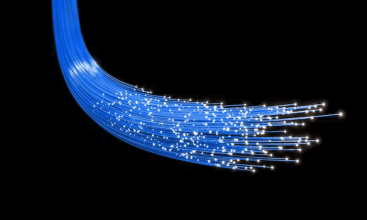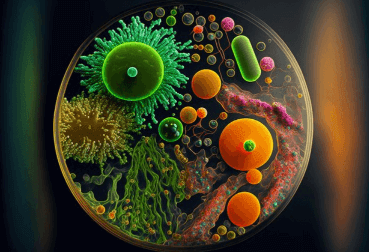Question
a.
Oscillatory waves
b.
Translatory waves
c.
Littoral currents
d.
Rip currents
Posted under Engineering Geology
Interact with the Community - Share Your Thoughts
Uncertain About the Answer? Seek Clarification Here.
Understand the Explanation? Include it Here.
Q. The bodies of seawater moving backwards to sea after having reached and struck the seashore are called __________
Similar Questions
Explore Relevant Multiple Choice Questions (MCQs)
Q. Bodies of seawater of considerable volume moving along and parallel to the shore are called __________
View solution
Q. The type of waves that are characteristic of shallower portions of the sea?
View solution
Q. The type of waves that are characteristic of deeper portions of the sea?
View solution
Q. The slope starting from the farthest end of the continental shelf and continuing up to sea floor is __________
View solution
Q. The gently sloping land part that remains partly submerged under seawater is __________
View solution
Q. Places of steep drops in elevation in the course of a river are called __________
View solution
Q. The condition not favouring the formation of delta is __________
View solution
Q. The fore-set beds are intermediate layers.
View solution
Q. A typical delta is made of how many layers?
View solution
Q. Alluvial deposits of roughly triangular shape that are deposited by major rivers at their mouths are called __________
View solution
Q. The most common type of flood plains are __________
View solution
Q. Magnificent jumps made by a stream or river water at certain specific parts of their course where there is a sudden and considerable drop in the gradient of the channel are called __________
View solution
Q. Every major river is associated with a valley of its own.
View solution
Q. The variously shaped depressions of different dimensions that are developed in the riverbed are called __________
View solution
Q. Factor which doesn’t affect velocity is __________
View solution
Q. The term for wear and tear of the load sediments being transported by a moving natural agency through the process of mutual impacts is __________
View solution
Q. What is the principal method of stream erosion and involves wearing away of the bedrocks?
View solution
Q. There is a spontaneous change from liquid to vapour state and back to liquid state at the point of fall of waterfall.
View solution
Q. Which among the following is not true about cavitation?
View solution
Q. The mechanical loosening and removal of the material from the rocks due to pressure exerted by the running water is called __________
View solution
Recommended Subjects
Are you eager to expand your knowledge beyond Engineering Geology? We've handpicked a range of related categories that you might find intriguing.
Click on the categories below to discover a wealth of MCQs and enrich your understanding of various subjects. Happy exploring!








